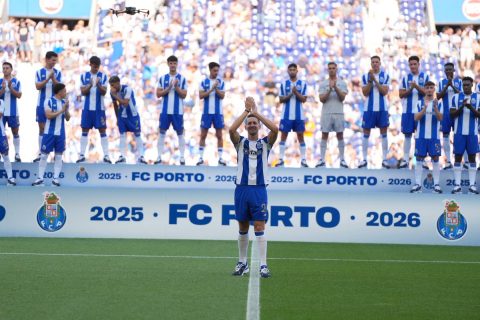In recent years, some of Formula 1’s leading minds had envisioned a future where wind tunnels would become obsolete. The reliance on costly facilities, housing 60% scale models of cars, seemed destined for replacement by advanced computer simulations capable of predicting aerodynamics accurately and efficiently. However, in 2024, the narrative has shifted back as two F1 teams, Aston Martin and Red Bull Racing, invest heavily in designing sophisticated new wind tunnel facilities. Aston Martin is currently in the commissioning phase of its new in-house tunnel, while Red Bull aims for operational status by 2026, reflecting the ongoing need for these iconic fixtures in motorsport development.
The Role of Wind Tunnels in F1
The anticipation surrounding the new wind tunnels is palpable, with teams counting on them to have a major influence on performance and halt any decline. However, the journey from construction to practical utility is fraught with challenges. Even once the construction is complete, teams face several months of work to prepare these tunnels for use. Aston Martin is already navigating these hurdles, while Red Bull will embark on this process soon when moving from its historic Bedford site.
Insights from Jean-Claude Migeot
To demystify the wind tunnel setup process, former F1 aerodynamicist Jean-Claude Migeot shared his insights. Known for his work with Tyrrell and Ferrari, Migeot underscores the importance of building confidence in wind tunnel data. “First of all, I don’t think you get benefits straight away,” Migeot explains, “You have to build confidence. A wind tunnel is not reality; it’s a laboratory. You need to trust it behaves consistently.”
Migeot highlights McLaren’s recent wind tunnel transition from Toyota’s facilities to their in-house setup as an example of how gradual trust-building in new facilities can coincide with improved team performance.
The Commissioning Phase
The commissioning phase is a critical step where the facility’s performance is evaluated against its design specifications. This involves ensuring air distribution, turbulence, and temperature control meet the expected standards. Migeot elaborates, “Step zero is commissioning. You need to check if what’s been sold to you is actually what you’ve received.” It is a painstaking process that can take at least a month and requires extensive calibration once these initial checks are completed.
The Challenges of Correlation and Consistency
Within the competitive ebb and flow of 2024’s F1 season, several teams, including Aston Martin, Ferrari, and Mercedes, encountered correlation issues. These arise when data from the wind tunnel does not translate to real-world performance, leading teams to roll back updates that destabilize vehicle handling or provide less advantage than anticipated.
Migeot emphasizes the importance of consistent discrepancies between wind tunnels and on-track results. “The tunnel won’t give you the absolute truth. It offers something consistent with reality if properly calibrated.” He stresses the importance of confidence that improvements in the tunnel will correspond to track improvements, saving teams significant time.
Maintaining Correlation with Reality
Achieving perfect correlation between wind tunnel results and real-world performance remains an ongoing challenge. “It’s an endless pursuit, a quest never completed,” states Migeot. Minor discrepancies, like tyre wear differences or model-specific traits, can be manageable, but significant deviations can lead teams into extensive correlation work to ensure track performance aligns with developmental promises.
The iterative process of data validation and calibration is crucial, and even subtle changes like tyre dimensions or material states require meticulous examination. The dynamic nature of F1 demands continuous assessment to maintain alignment between simulation environments and racetrack realities.
Future Implications
As teams like Aston Martin and Red Bull bring new wind tunnels online, the emphasis on accuracy and calibration cannot be overstated. While technology continues to evolve, the symbiotic relationship between cutting-edge simulations and traditional wind tunnel testing is essential for delivering competitive advancements in F1.









